Trash pandas in their natural environment
How raccoons use and abuse human trash
Romain Dejeante, Rocío Joo, Matthew Boone & Mathieu Basille
 MabLab.org
MabLab.org
 MabLabUF
MabLabUF
Raccoons and people
Human impact on wildlife
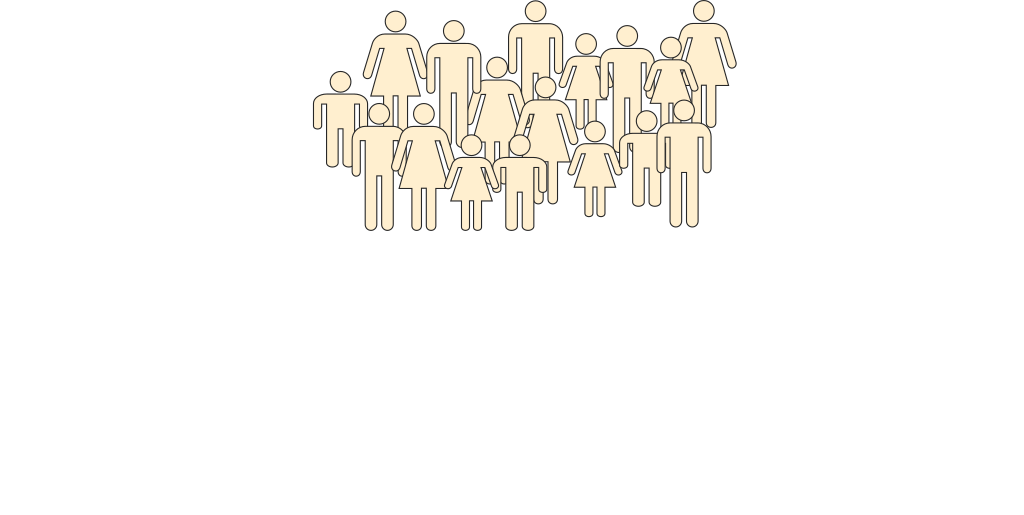
Human impact on wildlife

Human impact on wildlife
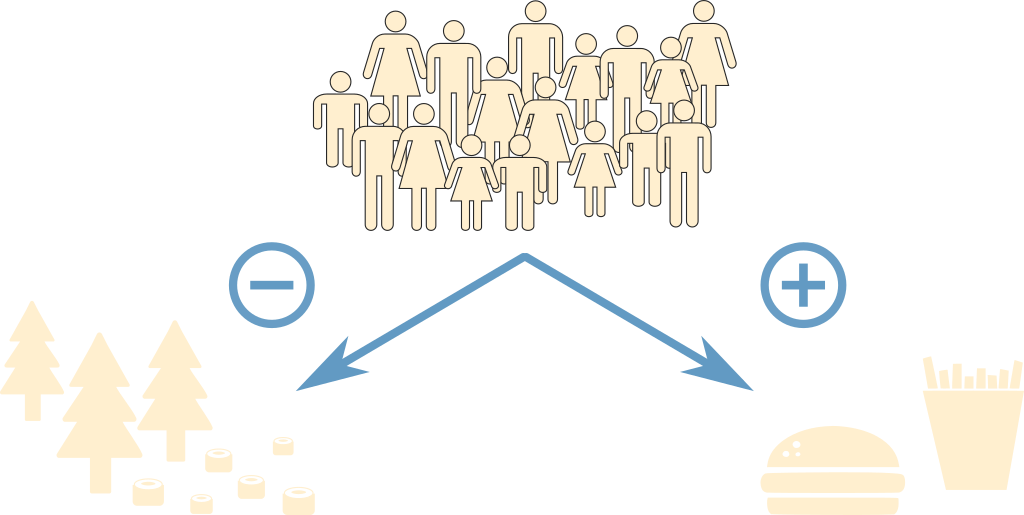
United States of Raccoons

Home ranges in North America
Trash
pandas!
What is the impact of human resources on raccoons?
What is the impact of human resources on raccoons?
What is the impact of human resources on raccoons?
Tree Tops Project

- 2018–2020
- suburban landscape
- 85 individual captured
- 12 GPS collars
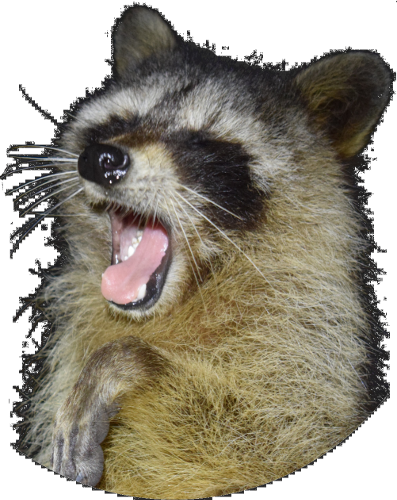
Tree Tops Project
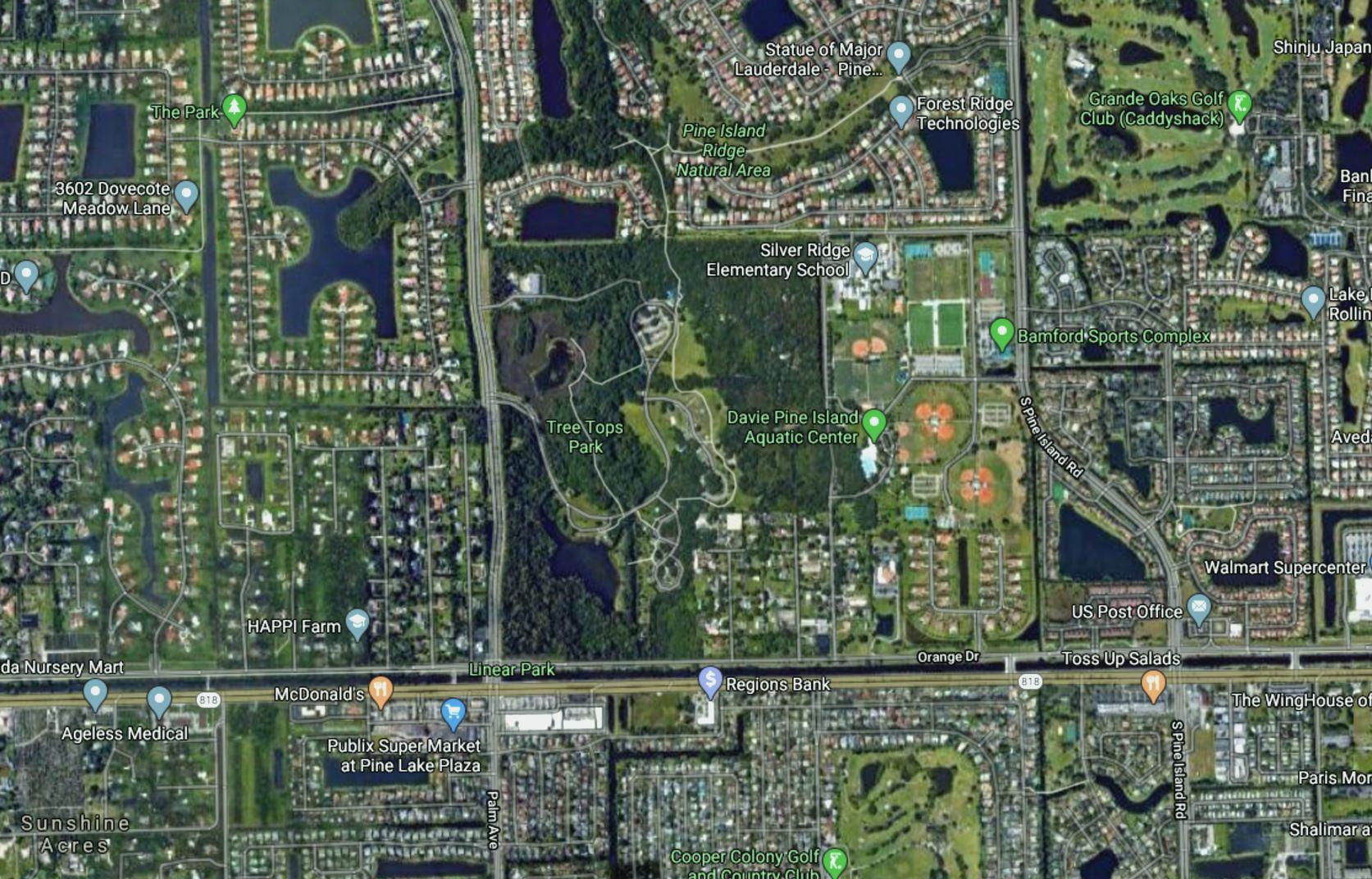
Tree Tops Project

Tree Tops Project
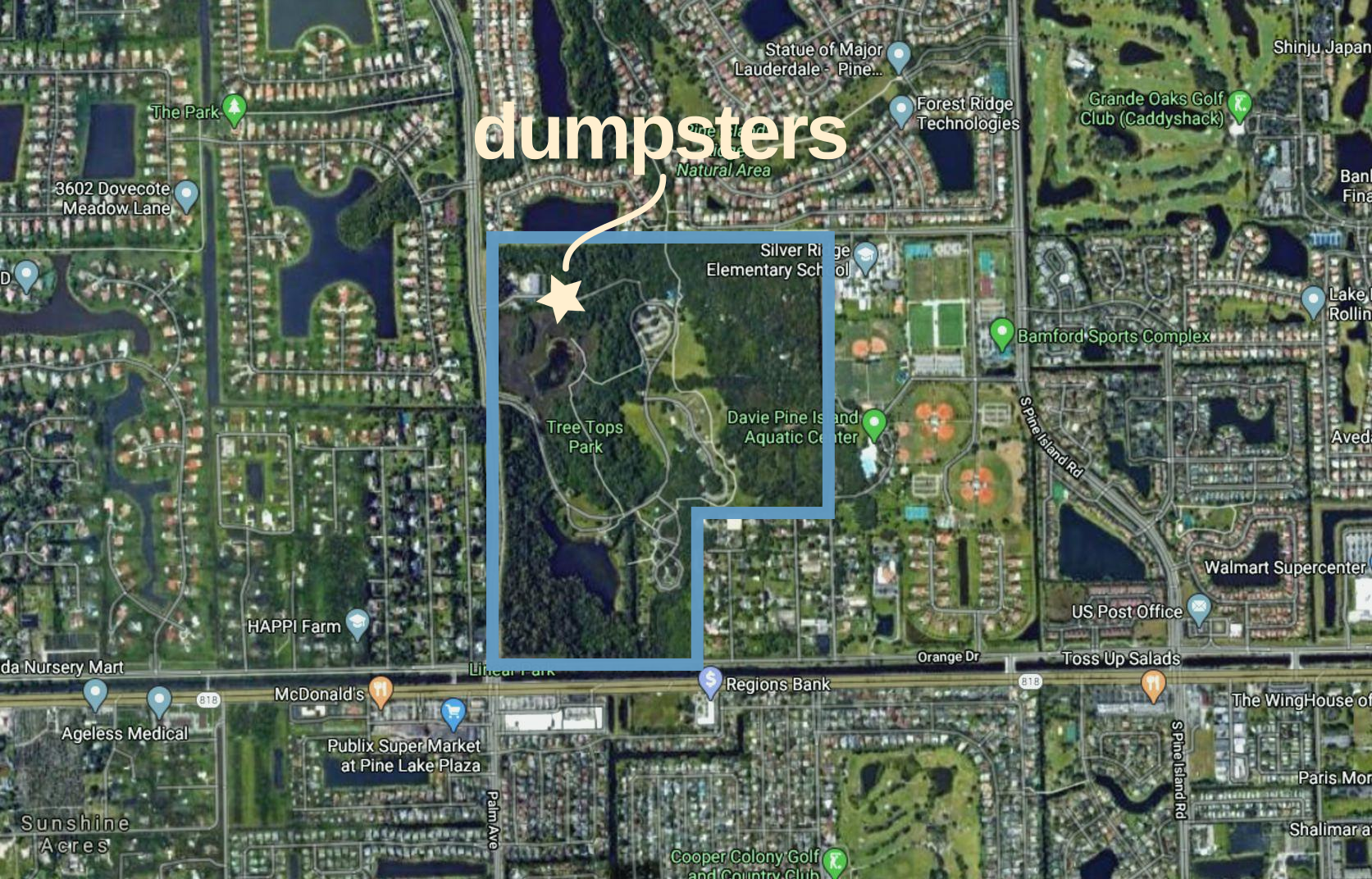
Space use
strategies
Hate-love relationship with trash
Hate-love relationship with trash
Hate-love relationship with trash
H1: Impact on fitness
P1a: Increased body condition ✓
P1b: Increased density ✓
P1c: Increased pathogen load?
Work in progress…
H2: Impact
on space use
Simulations with IBM
Simulations with IBM
Simulations with IBM
Simulation with real dumpsters
P2a: Smaller home ranges ✓
P2b: Increased promiscuity ~
P2b: Increased promiscuity ~
Disease spread in simulation
Disease spread in simulation
P2c: Reduced pathogen spread ✓
P2c: Reduced pathogen spread ✓
P1c: Increased infection risk ✓
P1c: Increased infection risk ✓
How to trash pandas?
Conclusions
Impact on fitness
- (+) Increased body condition
- (–) Increased density
- (–) Pathogen load
Impact on space use
- (?) Smaller home ranges
- (–) Increased promiscuity
- (+) Reduced pathogen spread
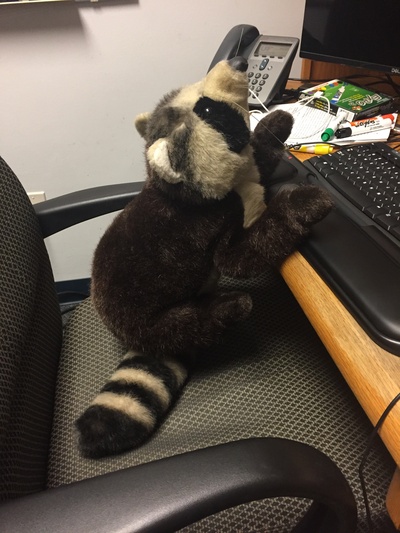
Thank you!
Romain Dejeante, Rocío Joo, Matthew Boone & Mathieu Basille
 MabLab.org
MabLab.org
 MabLabUF
MabLabUF